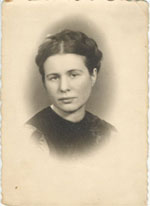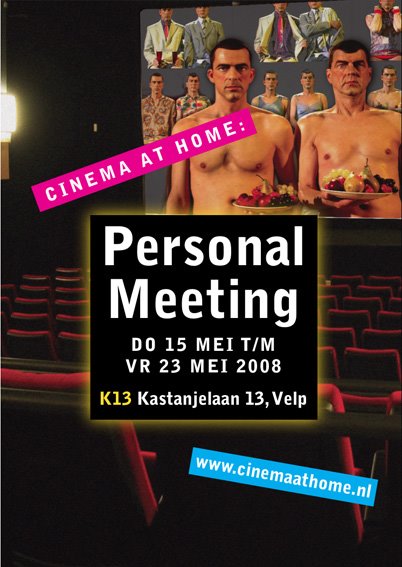

Irena Sendler 1910-2008
She takes the crying baby into her arms, turns her back on the hysterical mother, and walks off into the night. If she's caught, she and the baby will die.
"Promise me my child will live!" the mother cries desperately after her.
She turns for a moment. "I can't promise that. But I can promise that if he stays with you, he will die."
Irena Sendler was 97 years old. She has seen this image in her dreams countless times over the years, heard the children's cries as they were pulled from their mothers' grasp; each time it is another mother screaming behind her. To the children, she seemed a merciless captor; in truth, she was the agent to save their lives.
Mrs. Sendler, code name "Jolanta," smuggled 2,500 children out of the Warsaw Ghetto during the last three months before its liquidation. She found a home for each child. Each was given a new name and a new identity as a Christian. Others were saving Jewish children, too, but many of those children were saved only in body; tragically, they disappeared from the Jewish people. Irena did all she could to ensure that "her children" would have a future as part of their own people.
She listed the names of every rescued child and buried the lists in a jar, hoping that the children could be reunited with their families after the war.
Mrs. Sendler listed the name and new identity of every rescued child on thin cigarette papers or tissue paper. She hid the list in glass jars and buried them under an apple tree in her friend's backyard. Her hope was to reunite the children with their families after the war. Indeed, though most of their parents perished in the Warsaw Ghetto or in Treblinka, those children who had surviving relatives were returned to them after the war.
Yet Irena Sendler sees herself as anything but a heroine. "I only did what was normal. I could have done more," she says. "This regret will follow me to my death."
...
Even before the war, Irena had strong loyalties towards Jews. In the 1930s, at Warsaw University, she stood up for her Jewish friends. Jews were forced to sit separately from "Aryan" students. One day, Irena went to sit on the Jewish side of the room. When the teacher told her to move, she answered, "I'm Jewish today." She was expelled immediately. (Decades later, under Communist rule, she was considered a subversive; her son and daughter were refused entry into Warsaw University.)
...
Breaking the Silence
Though she received the Yad Vashem medal for the Righteous Among the Nations in 1965, Irena Sendler's story was virtually unknown. But in 1999 the silence was broken by some unlikely candidates: four Protestant high-school girls in rural Kansas. The girls were looking for a subject for the Kansas State National History Day competition. Their teacher, Norm Conard, gave them a short paragraph about Mrs. Sendler, from a 1994 U.S. News & World Report story, "The Other Schindlers." Mr. Conard thought the figures were mistaken. After all, no one had ever heard of this woman; Schindler, who was so famous, had rescued 1,000 Jews. 250 children seemed more likely than 2,500.
Conard encouraged the girls to investigate and unearth the true story. With his help, the girls began to reconstruct the life of this courageous woman. Searching for her burial records, they discovered, to their surprise, that she was still alive, ninety years old and living in Warsaw. The girls compiled many details of Mrs. Sendler's life, which they eventually made into a short play, "Life in a Jar."
(
source; also see this
site)

 still from video Guilin Girls © Paul Donker Duyvis
still from video Guilin Girls © Paul Donker Duyvis

